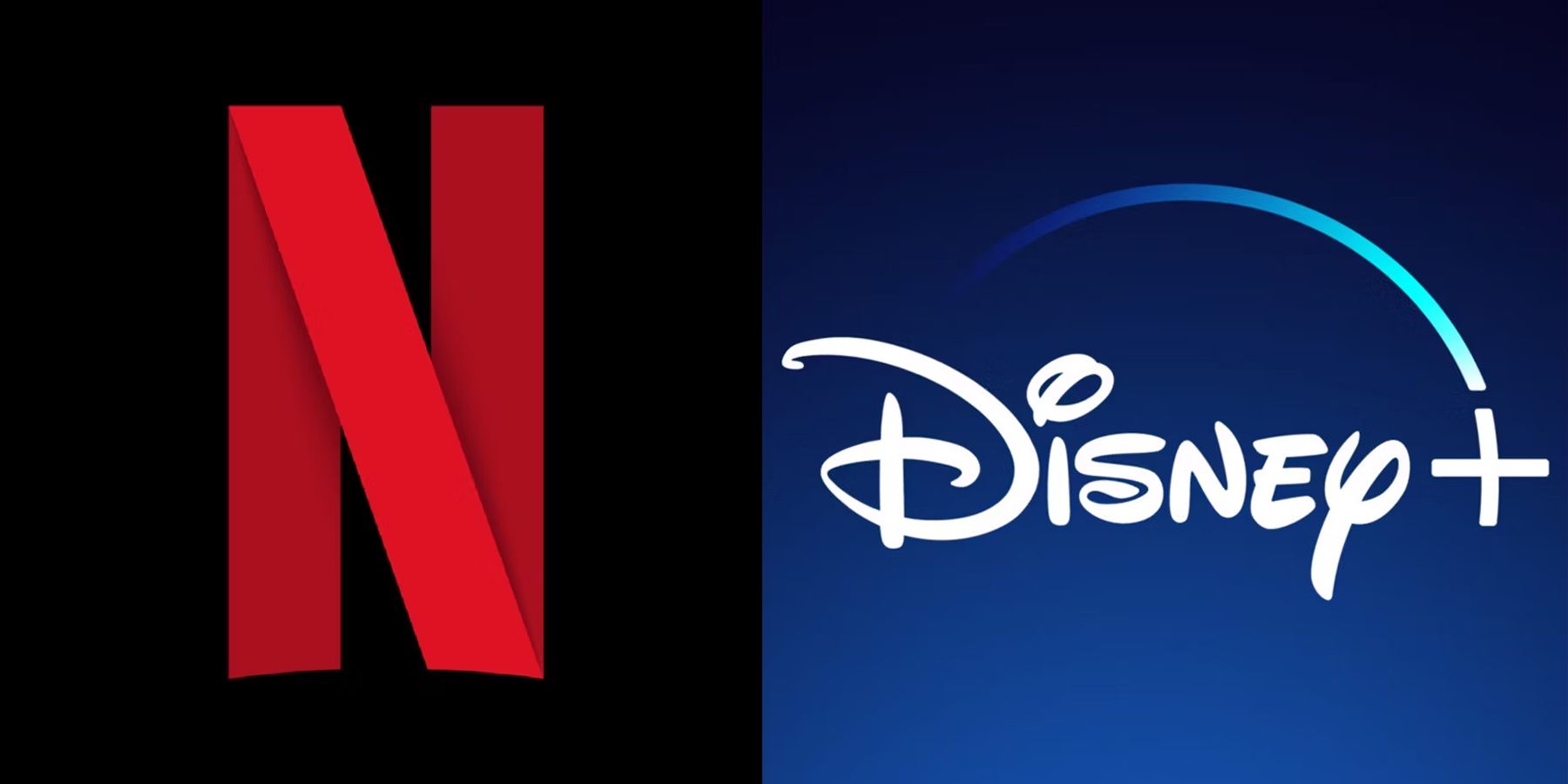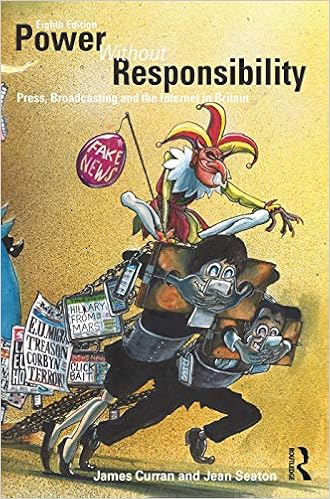Key Terms: Power, monopoly, oligopoly, diversification, brands / franchises, conglomerates, disruptors.
Power and Conglomerates
Curran and Seaton says that conglomerates increase their power and profit at the cost of reducing the range of media products available to audience.
What does ‘power’ mean?
Of course we all have a degree of power over our own lives in term of relationships, purchasing decisions and careers. However, that’s not the sort of power Curran and Seaton are interested in. They’re talking about the power as the ability to influence the world around you, to enforce your will and shape the lives of other in accordance with your own designs.
Curran and Seaton suggest that media power is being accumulated by fewer and fewer conglomerates!
In 1981 Curran and Seaton used that loaded term, ‘power’ in their book, ‘Power Without Responsibility.’ In that book they were attempting to to explore how media power worked in western capitalist societies like ours.
Power and Profit
The two theorists observed that media companies aim to maximise their profits by becoming dominant within a profitable marketplace.
They wanted to understand monopolies and how the pursuit of a monopoly was the essential logic behind media conglomerates. Their ideas are still extremely useful today when looking at the big players in the media industry like Apple, Google, Meta (Facebook) and Amazon.
As a monopolist, when faced with a challenger in the market place you can do one of two things:
- Use you deep financial reserves to lower prices so aggressively that over time, whilst you might be making a loss, so are your smaller competitors and eventually they run out of money and have to fold.
- You make them an offer they can’t refuse, buy them out and absorb them into your conglomerate.
This leads to a small number of companies obtaining dominance and power within a given market, this is known as an oligopoly.
Impact on the Consumer
Profit and power are gained through knowing your audience demographics and psychographics and producing brands that you know will sell. Hence, this limits the number of show, music or films to those genres or brands with a proven track record. Why make something new and innovative if you don’t know you will make a profit? We see this very clearly in the number of remakes and adaptations of existing franchises, think Marvel, Star Wars, Fast & Furious & reality TV (see Hesmondhalgh).
Curran and Seaton’s theory goes like this, the pursuit of profit and power leads to a few very powerful players dominating the industry and reducing the range of of creative products available to audiences.
Disney the oligopoly
Disney was well know from the 1930’s for making movies, TV and theme parks. However in the 1980s they started to really diversify into other media including TV, radio & games.
In 1996 an upstart animation studio called Pixar started to make a new form on animation, which made the old Disney movies seem very out of date. Disney’s response? Buy out Pixar!
More famously they also saw the potential of the superhero genre, so in 2009 they bought out Marvel Studios and the MCU was born and these films have been dominating screens every since. Then, in 2012 they bought out the Star Wars brand from George Lucas and promptly started ‘sweating the asset.’
Admittedly, they do/did have some competition from 21st Century Fox who owned the X-Men franchise and Warner Studios who produced DC films such as Batman, Justice League and Wonder Woman.
However, in 2019 Disney also bought out Fox Studios which provided them with more brands (X-Men) and killed off one of their few competitors.
The Rise of The Disruptors
 As in many other instances, media technology undermined the status quo and in this instance challenged the power and profit of Disney. Streaming services, especially Netflix, entered the market and started to challenge the oligopolies. The rapid expansion of online streaming sites broke the business model of Hollywood studios and subscription TV services such as Sky.
As in many other instances, media technology undermined the status quo and in this instance challenged the power and profit of Disney. Streaming services, especially Netflix, entered the market and started to challenge the oligopolies. The rapid expansion of online streaming sites broke the business model of Hollywood studios and subscription TV services such as Sky.
However, Netflix is mostly financed by debt and also relied on other people’s content to populate their sites. Netflix is well know for pouring money into it’s own content, but this pales in comparison to Disney’s back catalogue and deep financial reserves. So what did Disney do? They entered the streaming marketplace with its launch of Disney+ and they withdrew their brands and franchises from other platforms and now the only place where you can find their content is on their platform.
So What?
So, now we have a battle brewing between the streaming giants, Disney+, Netflix, Amazon and Apple. In the short term this might mean audiences get their content cheaper as the platforms slash prices to compete. However in the long term, when the dust settles, who will remain holding all the power? If Curran and Seaton are right, it will result in fewer opportunities for new creators and less choice for audiences.
What exam or essay can I use this in?

Glossary of Terms
- Conglomerates – A huge (media) company that is formed through domination of the market and diversification. Formed through acquisition or out pricing of competition.
- Monopolies – A company that has overwhelming control in one area (of media) and is able to side line or subsume competition.
- Oligopoly – Markets dominated by a small number of media companies (The Big 3, Hollywood…)
- Demographics – Concrete variables that describe an audience (age, gender, location, socio economic group, educational attainment…)
- Psychographics – Less tangible than demographics, psychographics seeks to categorise an audience by values attitudes and beliefs (their ideology)
- Diversify – To spread out across different sectors or media forms in this case.
- Platform – A service, site or method of distributing to an audience.
